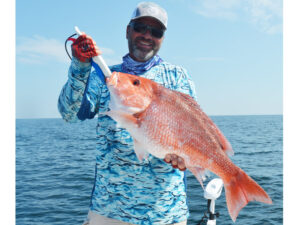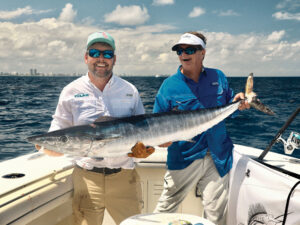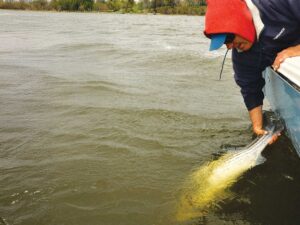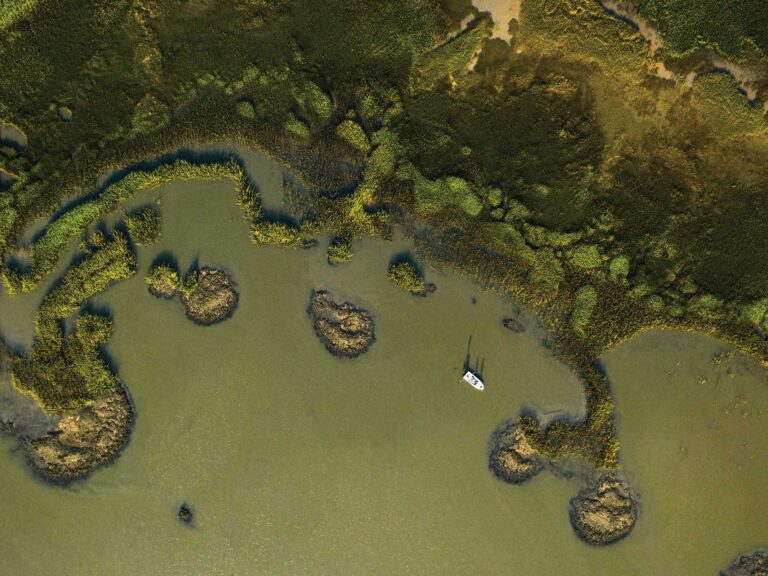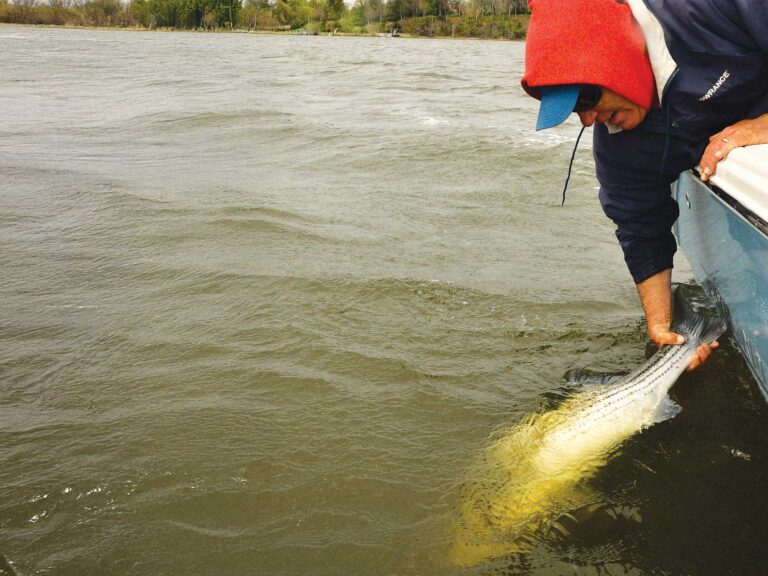WASHINGTON – The Theodore Roosevelt Conservation Partnership today commended a decision by the U.S. Tenth Circuit Court of Appeals that reinstated the 2001 Roadless Area Conservation Rule as the law governing 49 million acres of inventoried roadless areas located on the nation’s national forests and grasslands. The ruling overturned a lower district court’s decision enjoining the 2001 rule in August 2008 and resolved uncertainty about federal management of roadless areas across America.
The so-called “roadless rule” is a multiple-use national forest management regulation that was designed to limit road building and timber harvest on undeveloped public lands managed by the U.S. Department of Agriculture. The rule determines the management of all national forest roadless areas outside of Idaho.
“Today’s decision affirmed the value of backcountry areas in sustaining healthy and secure habitat for fish and wildlife – something hunters and anglers have known for years,” said Joel Webster, director of the TRCP Center for Western Lands. “Sound roadless conservation policies safeguard big-game habitat security, productive trout and salmon fisheries and our sporting traditions. The 2001 roadless rule is a strong mechanism for conserving America’s backcountry recreational activities and outdoor heritage.”
The TRCP has mobilized a broad cross-section of sportsmen, conservationists and recreationists supporting conservation of roadless areas and the outdoor opportunities they foster. For purposes of the rule, roadless areas are defined as contiguous blocks of backcountry public land that are 5,000 acres or larger and do not have improved roads.
While access is important to sportsmen, densely roaded areas have been shown to negatively affect elk and deer behavior, reproduction and survival and consequently hunter opportunity. Excessive, poorly located roads contribute to increased sediment loads in waterways that are important to wild trout and salmon, thereby diminishing the number and size of fish.
“We appreciate the dedication of the U.S. Department of Agriculture in upholding this popular land management policy,” said TRCP President and CEO Whit Fosburgh, “and we applaud the court’s decision as one made in the absolute best interest of our public-lands fish and wildlife populations and outdoor recreation.
“As the 2011 fall hunting season continues, sportsmen have reason to celebrate backcountry conservation,” continued Fosburgh. “Whether they’re hunting the West Big Hole of Montana, the northern Blue Range of New Mexico or backcountry lands in Vermont’s White Mountains, public-land hunters across the nation will benefit from the court’s thoughtful decision for generations to come.”
Learn more about the TRCP’s work in support of roadless area conservation.

